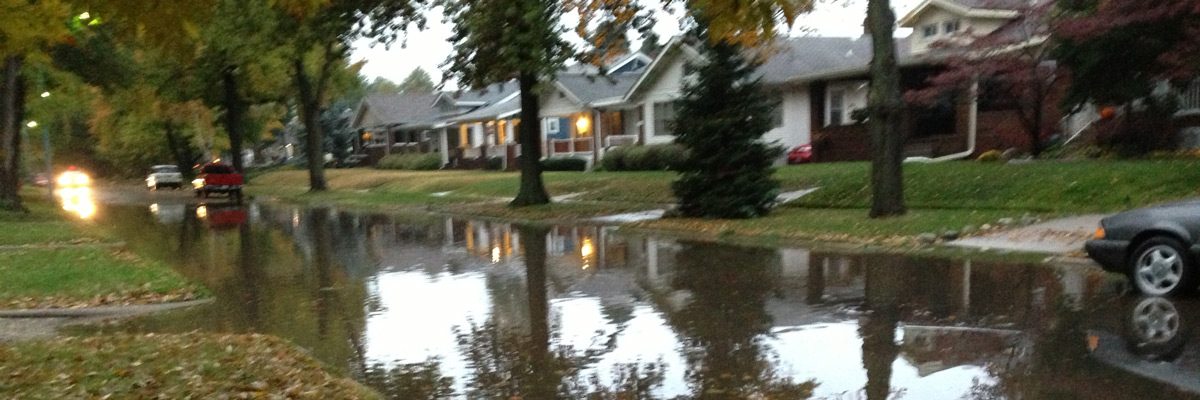Now that we know that humans are going to be in pretty bad shape because of climate change, let’s go back to the meditation on what could have saved us if we would have started building them sooner. Large Solar Power Plants. I am not posting any pretty pictures, just the test.
World’s largest solar plant gets U.S. OK
$6 billion project in Calif. aims to power at least 300,000 homes
updated 10/25/2010 6:07:03 PM ET
WASHINGTON — Calling it a major milestone, the Obama administration on Monday approved what investors say will be the world’s largest concentrated solar power plant and one that more than doubles all of U.S. solar output and can power at least 300,000 homes.
The project in the Mojave Desert near Blythe, Calif., is the sixth solar venture authorized on federal lands within the last month. All are in desert areas.
“The Blythe Solar Power Project is a major milestone in our nation’s renewable energy economy and shows that the United States intends to compete and lead in the technologies of the future,” Interior Secretary Ken Salazar said in announcing the approval.
Construction on the $6 billion plant is expected to start by the end of 2010, with production starting in 2013. Developer Solar Millennium, a company based in Germany, says the plant will generate 1,066 construction jobs and 295 permanent jobs.
The project had run into opposition by some environmentalists due to wildlife concerns.
:}
Go there see the pictures and read. More tomorrow.
:}

